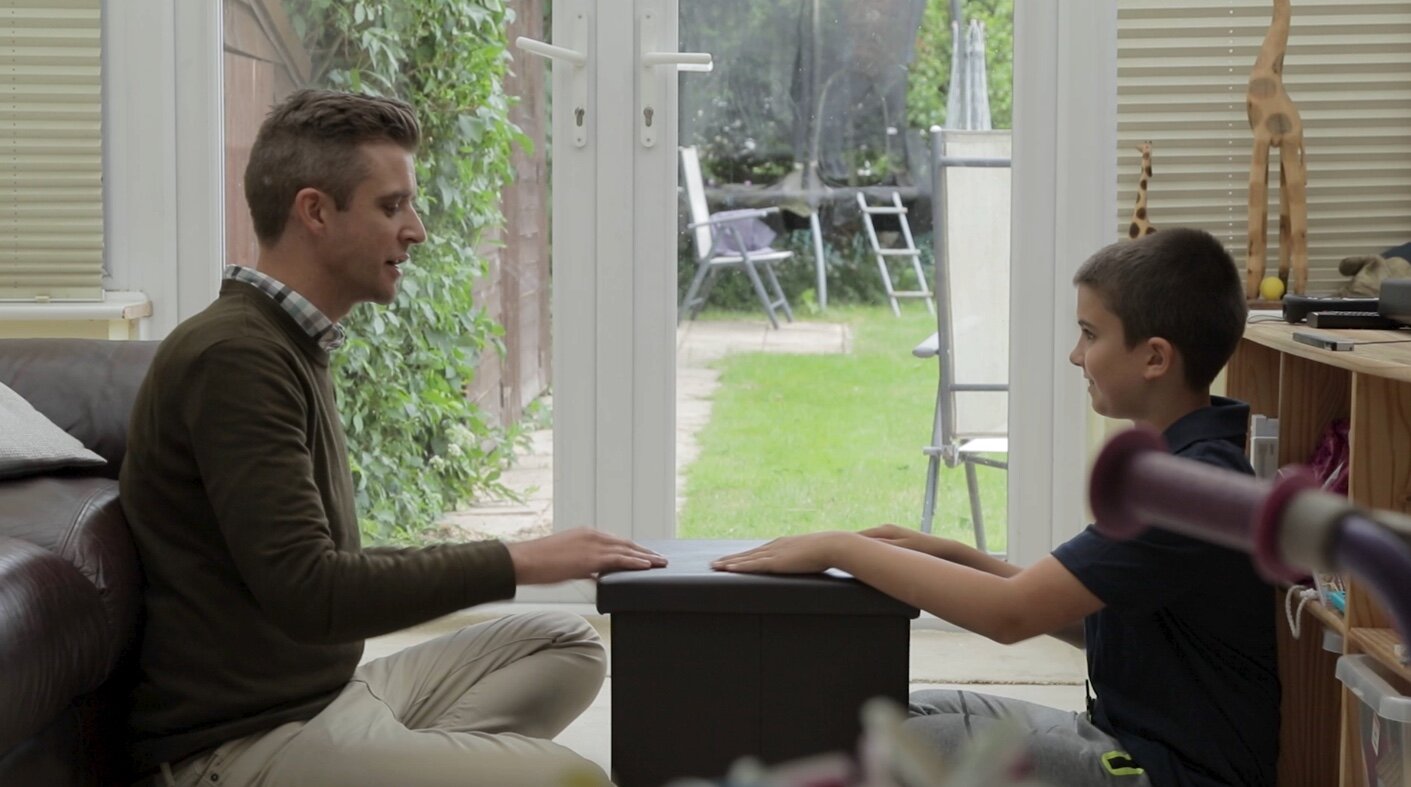
Therapy for Children
Stammering therapy for children
Developmental stammering typically becomes evident between the ages of 4-7.
As a parent it's natural to maybe feel a sense of alarm, and to want to do something to help when you hear your child develop a stammer. We'll sit down and go over your child's case history and I'll ask questions such as:
When did they start stammering?
Is there any family history of stammering?
When is their speech smoothest vs when is it most ‘bumpy’?
What seems to help already?
There'll be some formal language testing with your child to look at their current levels and then, depending on their age and ability, I may ask them some questions about what they think of their speech.
All this will help us build a picture of what your child needs and then we’ll agree on a plan to move forward.
Therapy approaches
You, as the child's parent/carer will be a key player in therapy. We’ll work together on therapy techniques and things to do at home with your child to help their speech.
Approaches such as Lidcombe and Palin PCI have been shown to be effective with little ones. Older children will work on a range of fluency-shaping and block modification techniques, and we may explore some of the nasty negative feelings associated with stammering. The key is to make it fun and engaging, and help children develop an understanding of what’s going on with their speech and how we can respond to it in a more constructive way,
Age ranges
I see children from ages 10 and up for therapy. Depending on their age and where their fluency is right now, it may just be a case of giving you some strategies and pointers to use at home, to make sure you’re maintaining a communication environment at home conducive to fluent speech
Group work
Group sessions take place online, and children are grouped together based on their age and ability. Please take a look at the Group Therapy section for more information.


